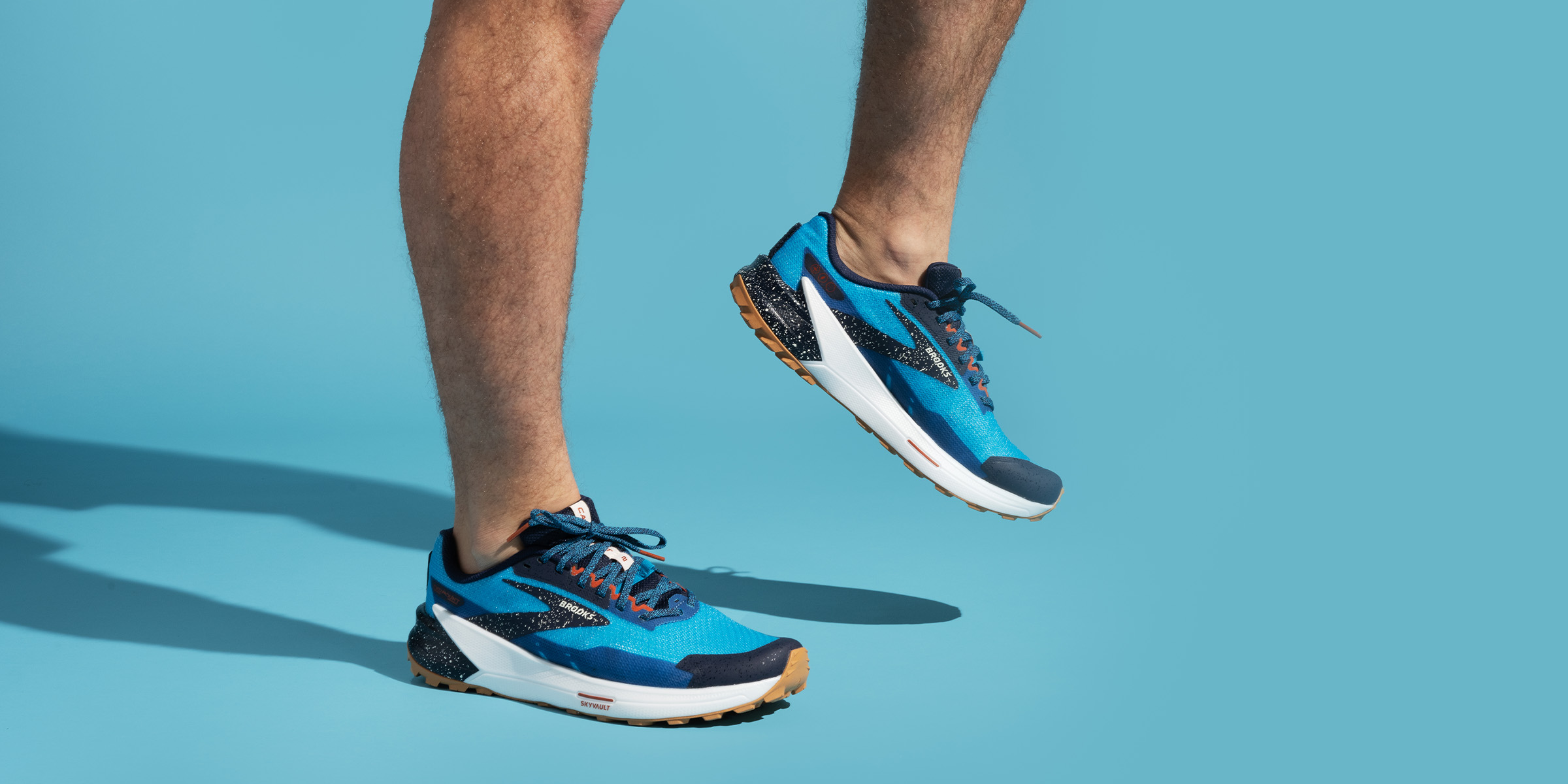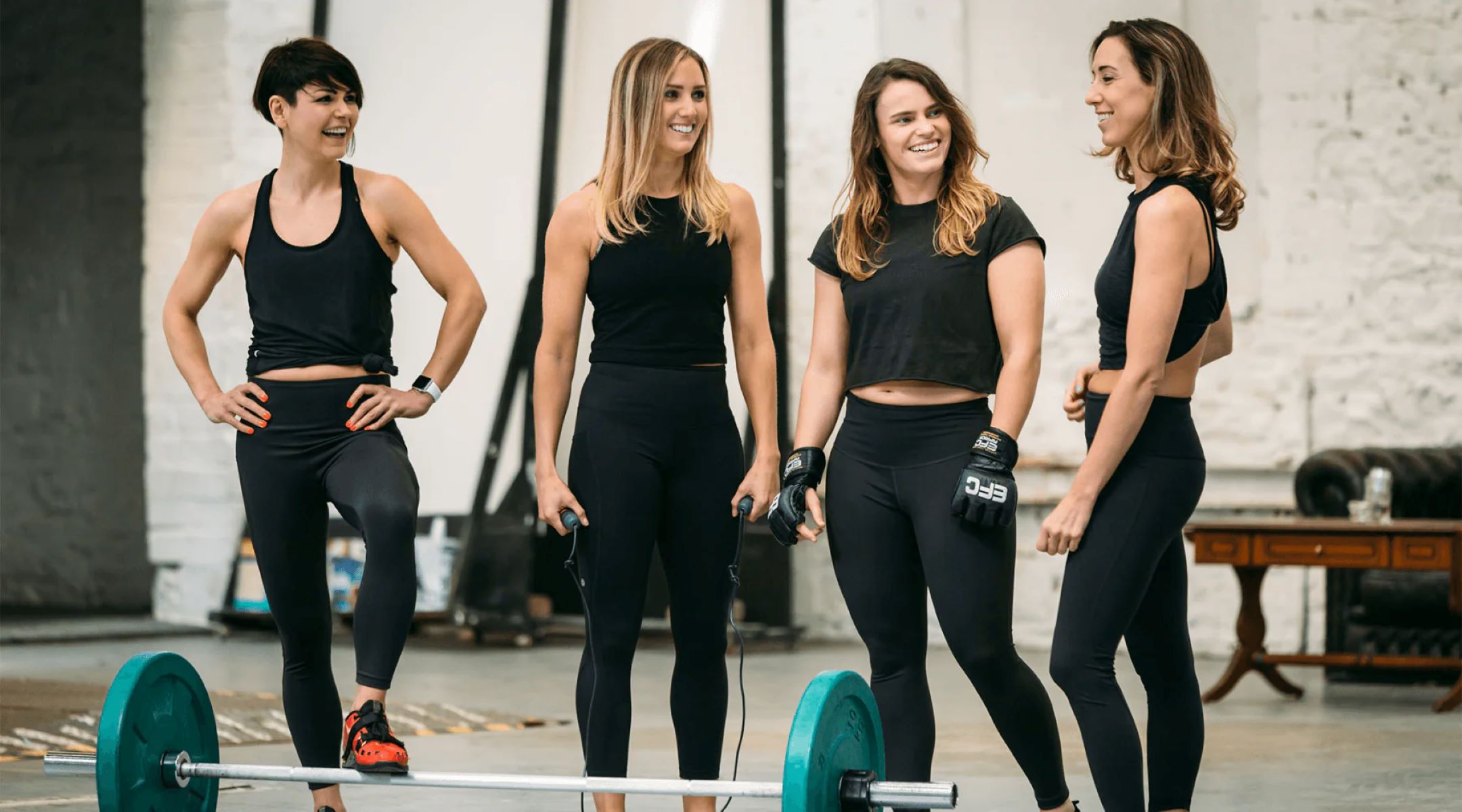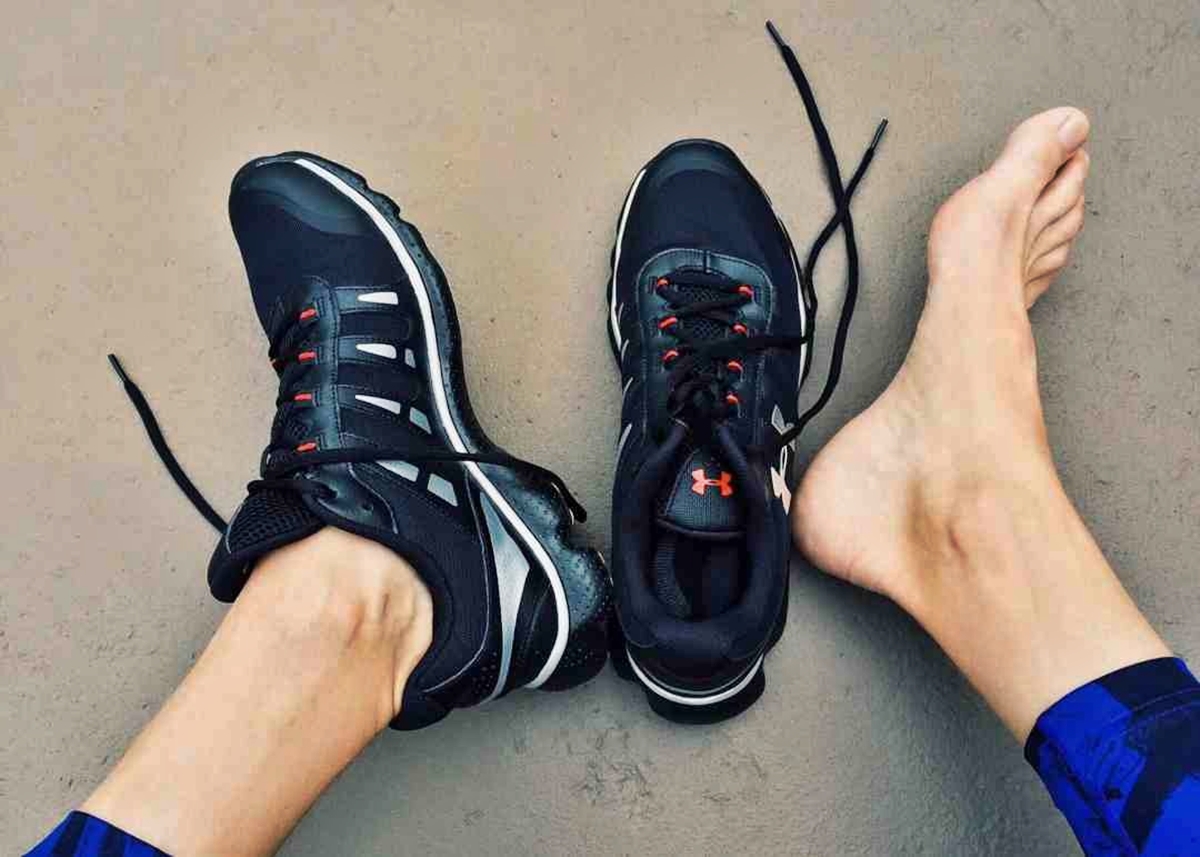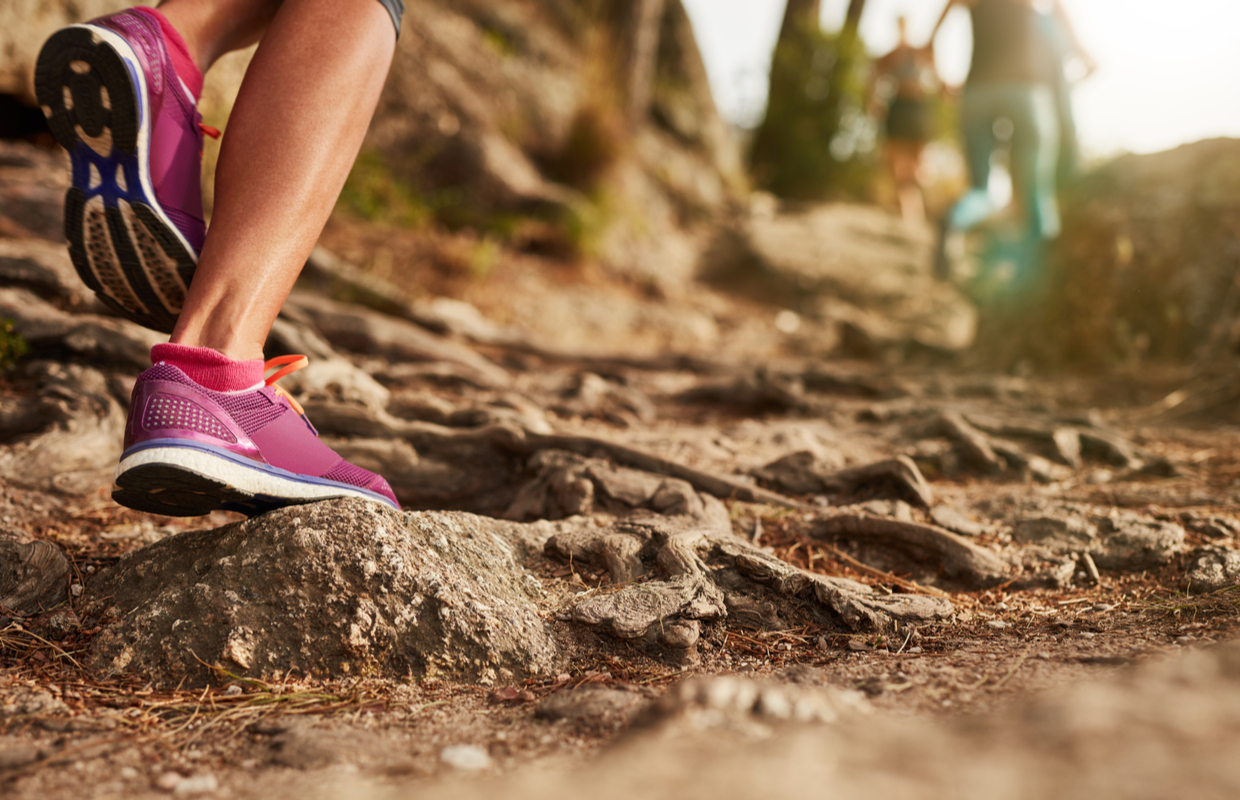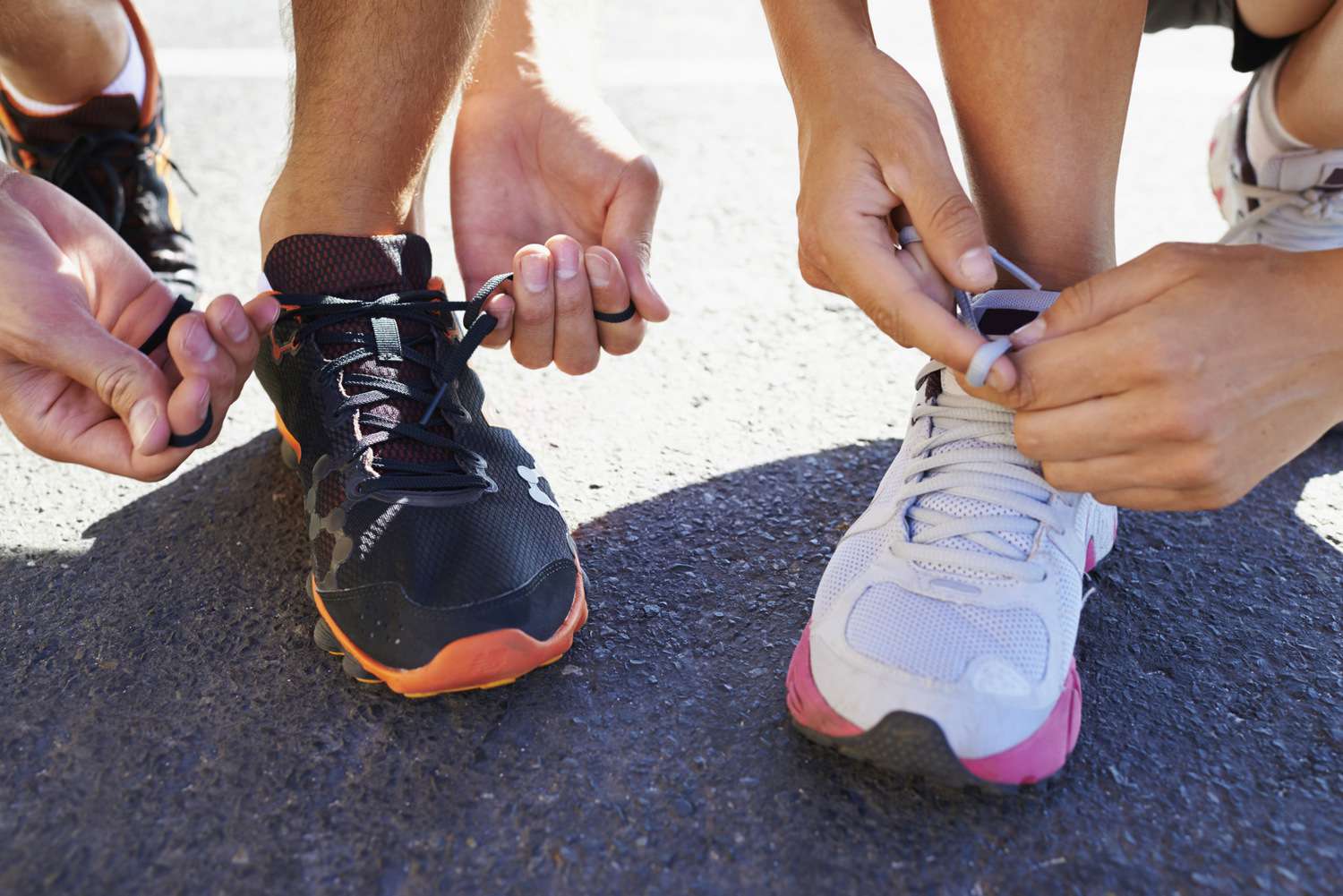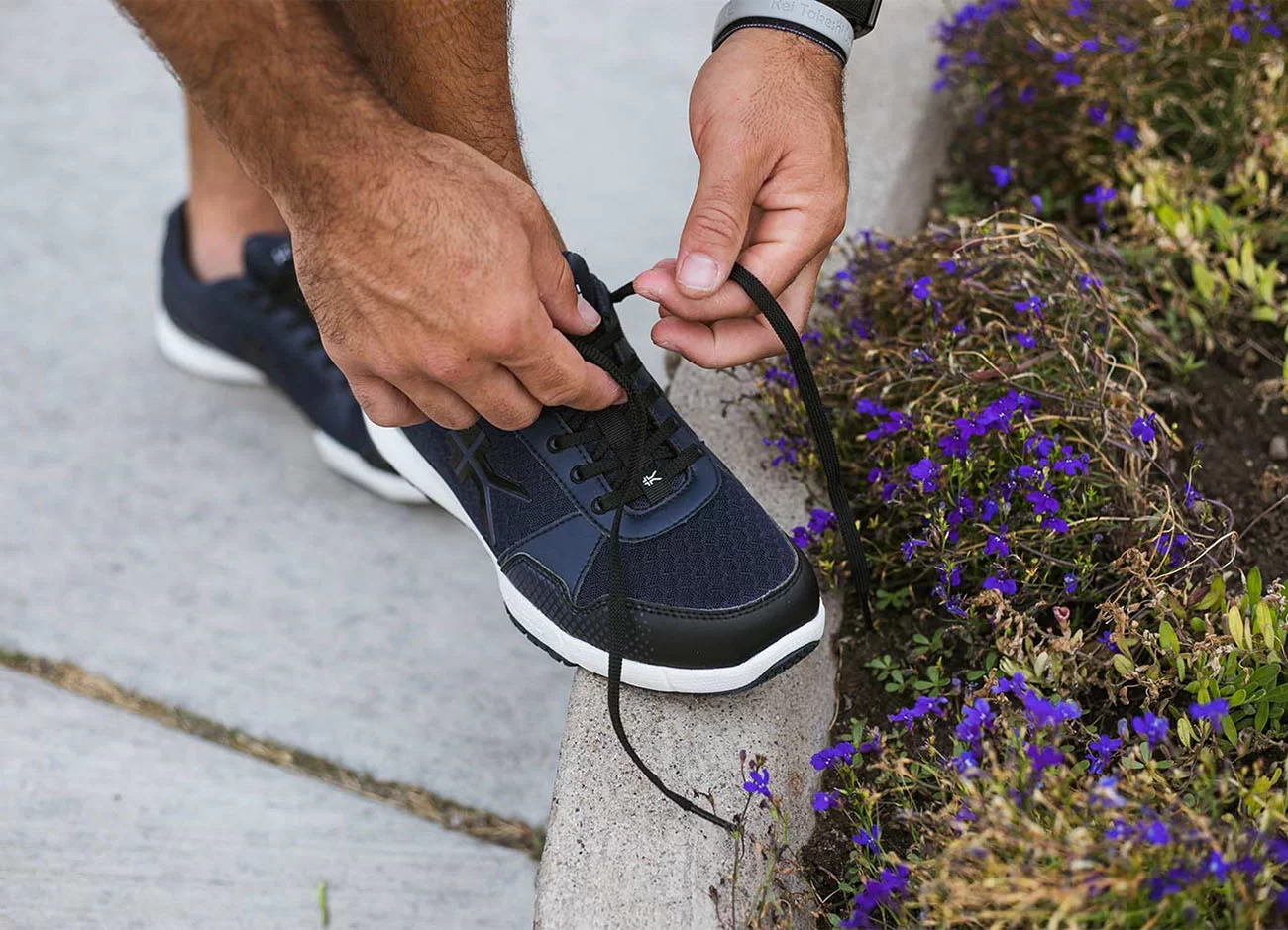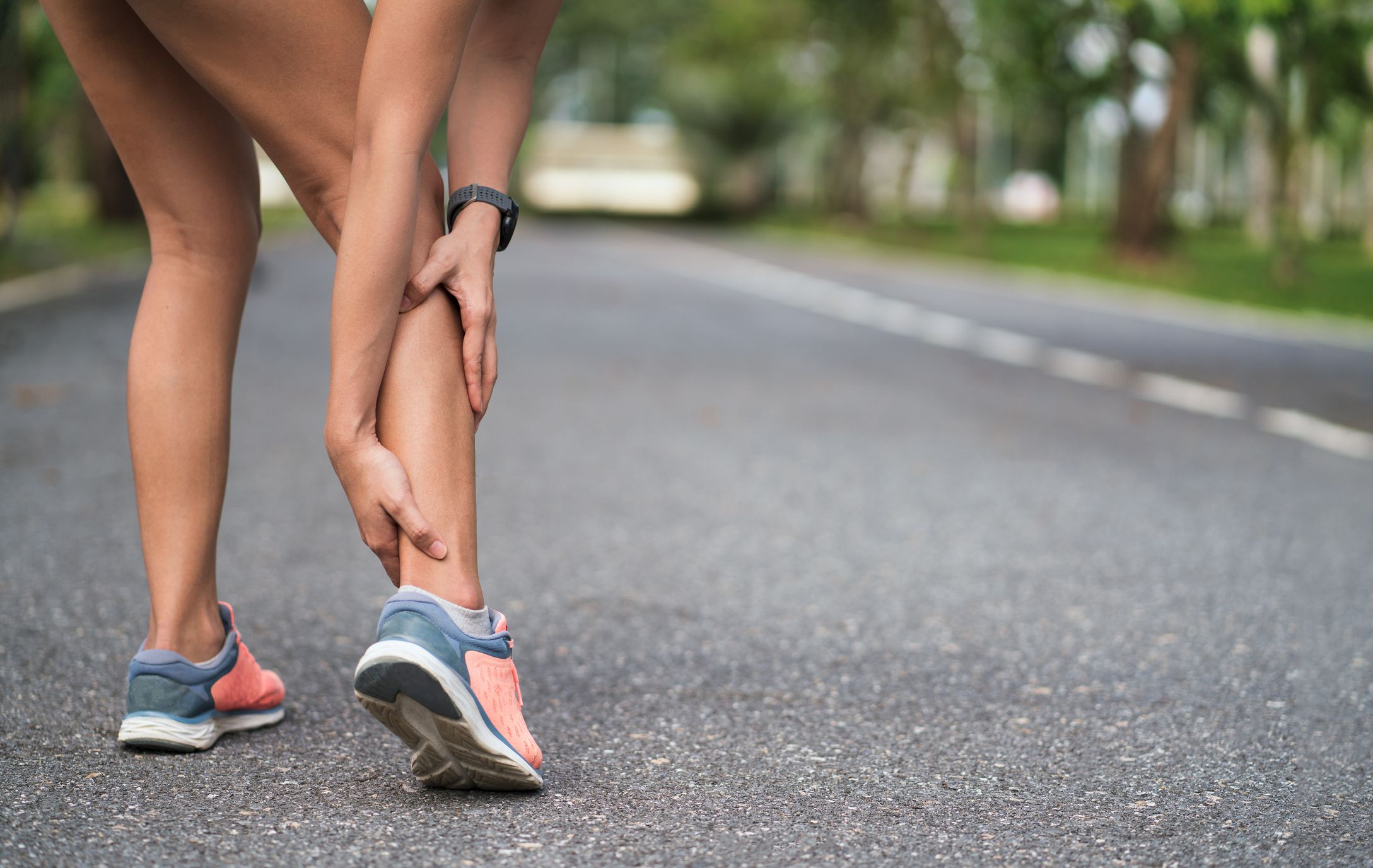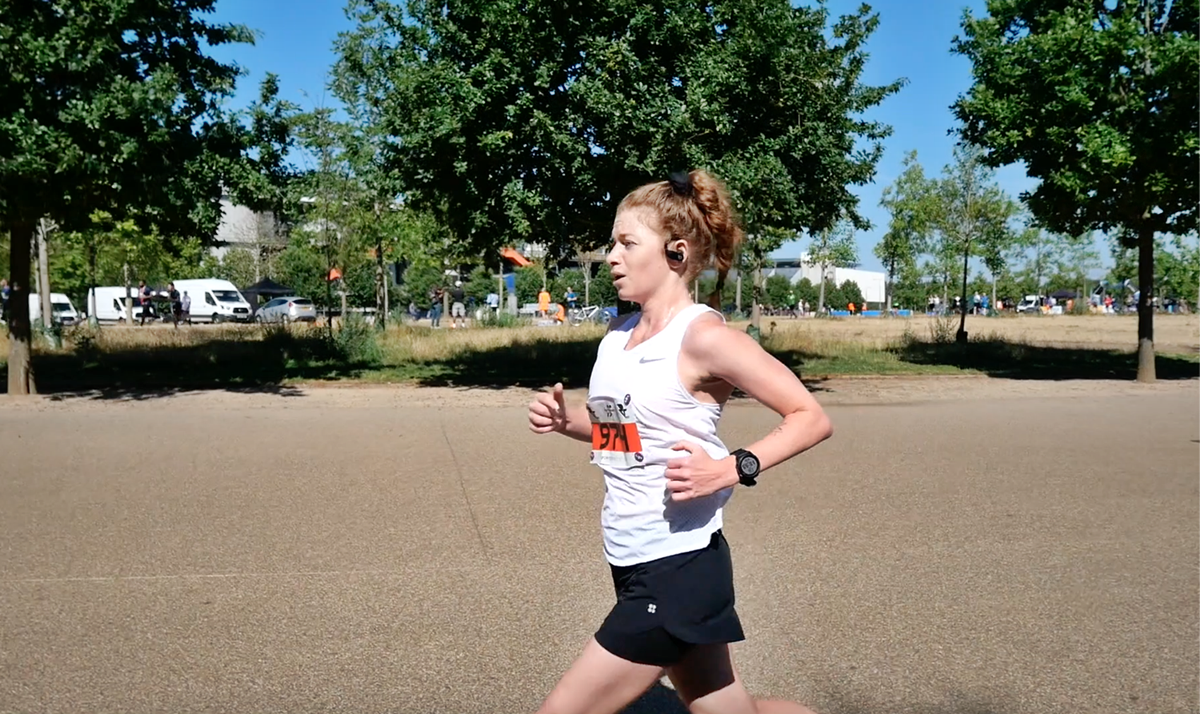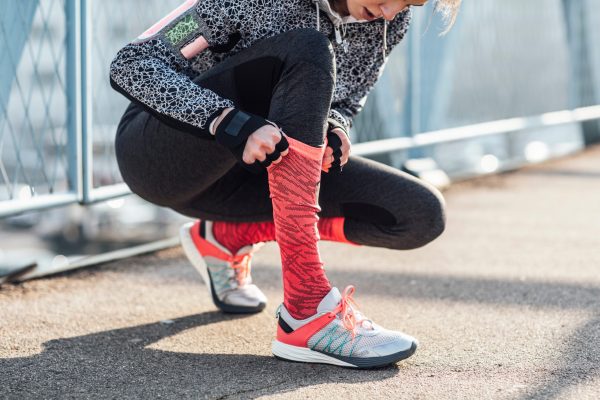Home>Health and Wellness>Health>Barefoot in Boots: Why Do Track Runners Often Choose Not to Wear Socks?
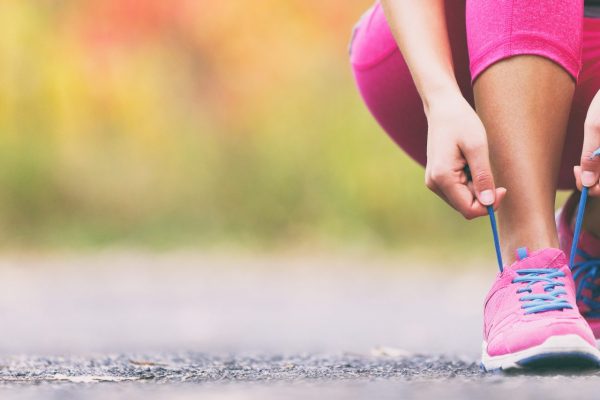

Health
Barefoot in Boots: Why Do Track Runners Often Choose Not to Wear Socks?
Modified: August 18, 2023
Uncover the reasons behind track runners often choosing not to wear socks when wearing boots in this insightful guide. Explore the factors that influence this decision, including performance benefits, personal preferences, and tradition.
If you have ever watched a track and field event, you might have noticed a seemingly peculiar trend among athletes – many of them do not wear socks inside their running shoes. To a casual observer, this might seem counterintuitive. Isn’t it uncomfortable? Doesn’t it cause blisters? Why on earth would anyone choose to go sockless?
Let’s dive into the fascinating world of track running and find out why going sockless is often the norm rather than the exception.
Unraveling the Sockless Phenomenon
Running without socks is a practice often seen among professional athletes, particularly those participating in track and field events. There are several reasons behind this trend:
Enhanced Shoe Fit
Socks can sometimes create an additional layer of material that interferes with the snug fit between the foot and the running shoe. Elite runners often prefer a closer, more tactile connection with their shoes. This allows them to better feel the track beneath them and make minute adjustments in their stride or footing based on that feedback.
Weight Reduction
In competitive running, every gram counts. Removing socks from the equation can lead to a small but potentially significant reduction in weight. Over the course of a long race, this minor weight saving could potentially translate into saved energy and faster times.
Heat and Moisture Management
During intense physical activity, feet can produce a significant amount of sweat. While socks are designed to wick moisture away from the skin, they can sometimes become saturated, causing discomfort and potential skin issues. Going sockless can help avoid this problem, especially when running shoes are made with breathable materials.
Reduced Risk of Blisters
Contrary to popular belief, going sockless can actually help reduce the risk of blisters. Blisters are often caused by friction, which can be exacerbated by socks if they bunch up or fit poorly. Running barefoot in shoes can eliminate this source of friction.
Going Sockless: Not for Every Runner
While the aforementioned reasons make a strong case for why some track runners choose not to wear socks, it’s important to note that this is not a one-size-fits-all solution. The decision to go sockless can depend on several factors:
Personal Comfort
Some runners simply find running without socks more comfortable. This can depend on individual preferences, the specific shape and sensitivity of a runner’s foot, and the type of running shoe being used.
Type of Event
The nature of the event can influence the decision to go sockless. In shorter, speed-based events, the benefits of going sockless (such as enhanced shoe fit and weight reduction) may be more advantageous. However, for longer events, the comfort and moisture-wicking properties of socks might be preferred.
Adaptation
It can take time for the feet to adapt to running without socks. Initially, a runner might experience discomfort or develop hot spots and blisters. However, with time, the feet can develop calluses in high-friction areas, making sockless running more comfortable.
Shoe Design
Running shoes designed for sockless use often feature seamless interiors, moisture-wicking and breathable materials, and a snug fit. These factors can make going sockless a more comfortable and viable option.
Conclusion
In the world of track running, going sockless is a common practice driven by considerations like enhanced shoe fit, weight reduction, better heat and moisture management, and even a decreased risk of blisters. However, it’s not a practice that suits everyone or every situation. Individual comfort, the nature of the event, adaptation time, and shoe design all play significant roles in this decision. Whether you’re an aspiring athlete or an avid runner, the choice ultimately depends on what makes you feel most comfortable and enables you to deliver your best performance.
Frequently Asked Questions
Is it bad to run without socks?
Running without socks is not inherently bad, but it does depend on personal comfort, the type of shoe, and the individual’s foot condition. Some people find it more comfortable and beneficial, while others may experience discomfort or blisters.
Do running shoes work better without socks?
This can depend on the type of running shoe and the individual runner. Some runners find that they have a better fit and more direct ground feedback without socks. However, others may prefer the additional comfort, moisture-wicking, and blister protection that socks can provide.
Is it unhygienic to run without socks?
As long as you maintain proper foot hygiene and ensure your running shoes are clean and dry before each run, running without socks should not be unhygienic. However, shoes may need to be cleaned more frequently if worn without socks.
Do professional runners run without socks?
Many professional runners, especially track and field athletes, do run without socks for reasons such as improved shoe fit, weight reduction, and heat and moisture management. However, it’s a personal choice and can vary from runner to runner.
Can I start running without socks?
Before you start running without socks, consider factors like your personal comfort, the type of shoes you have, and your preparedness to deal with potential blisters or initial discomfort. It’s advisable to make the transition gradually to give your feet time to adapt.
